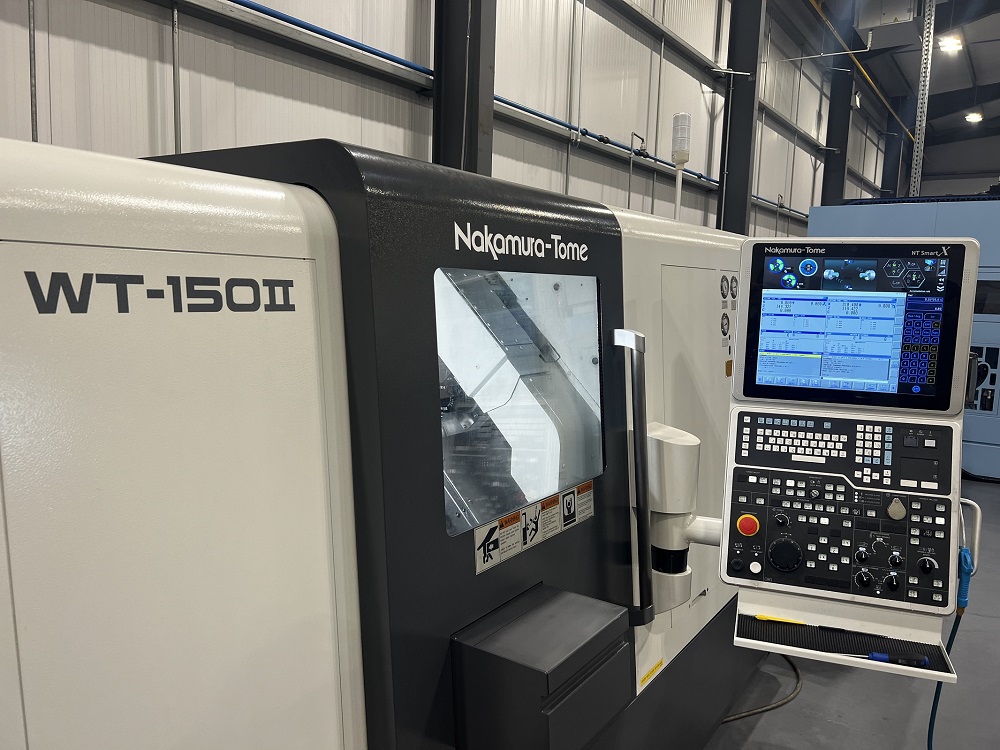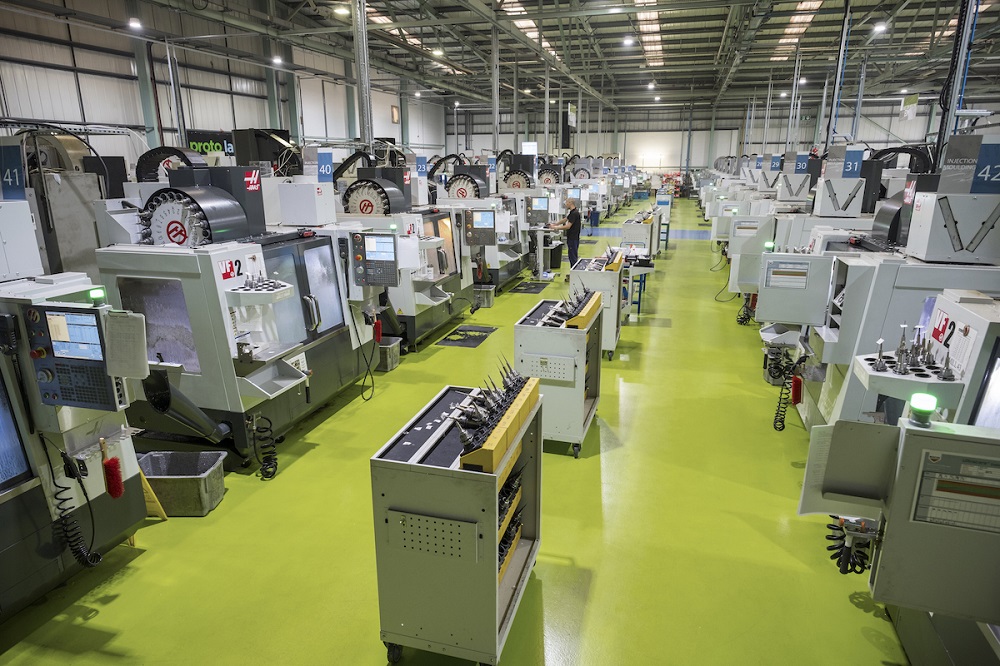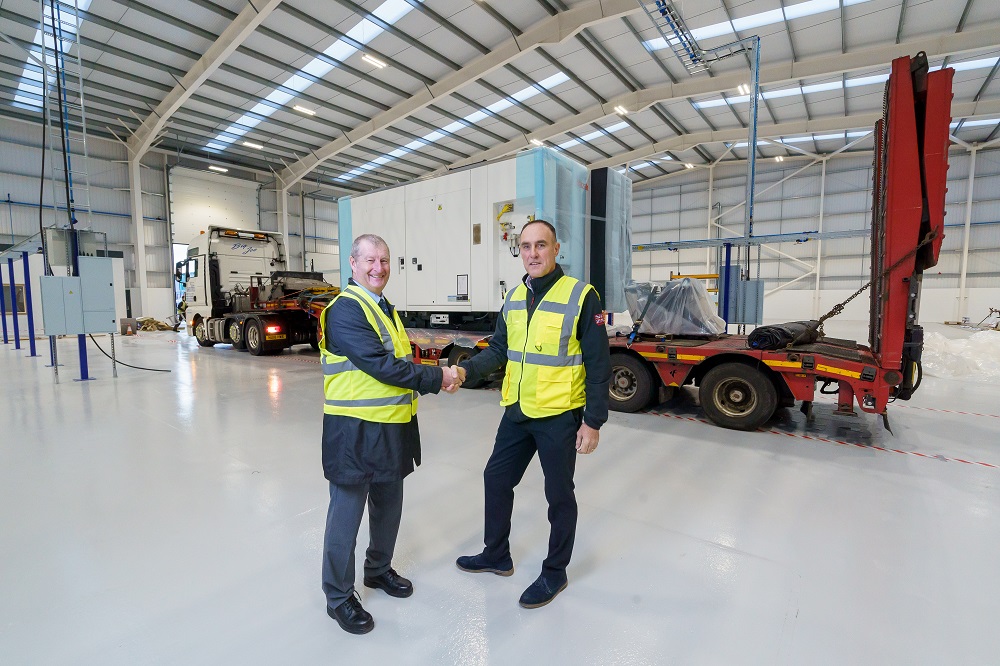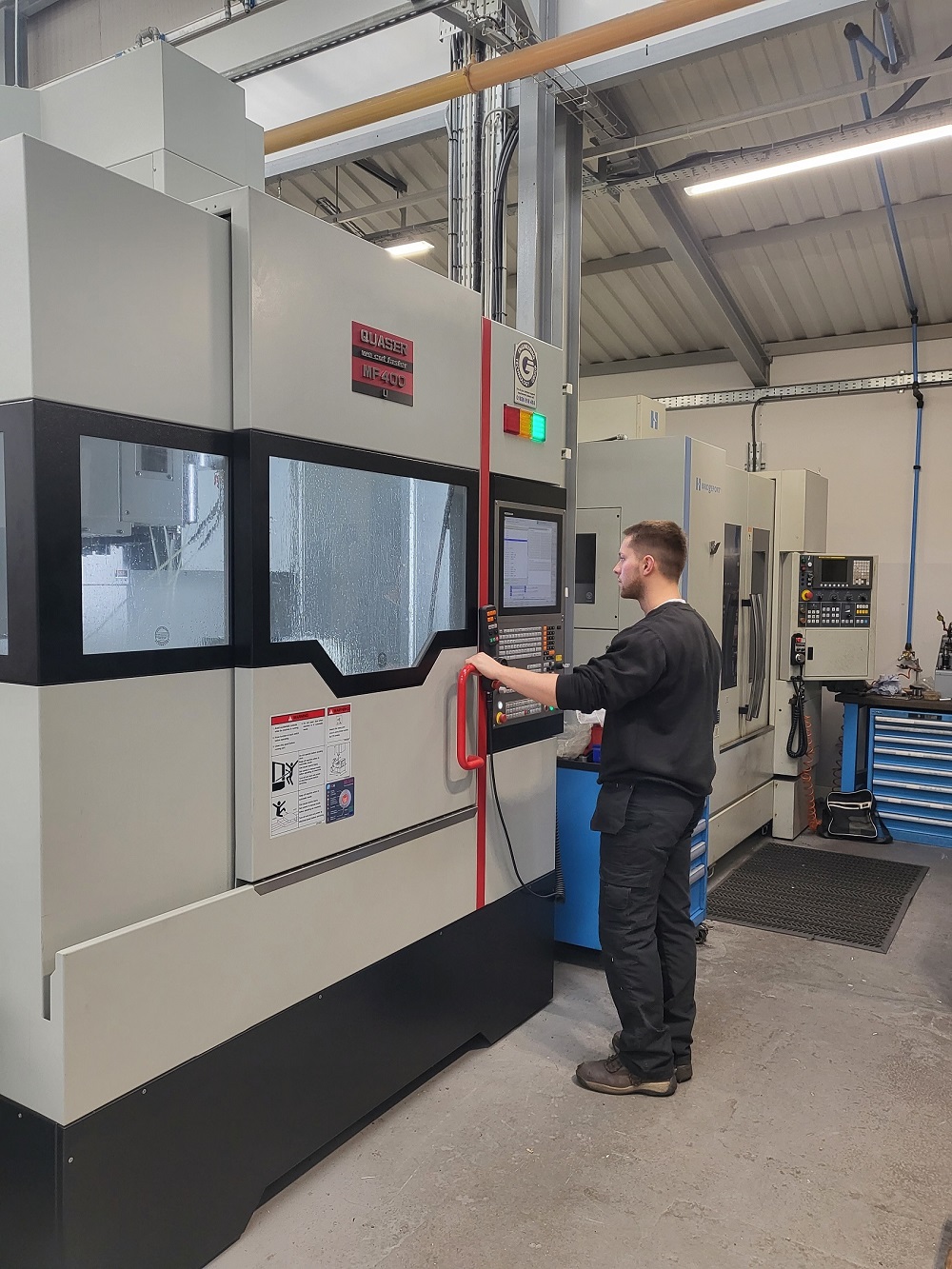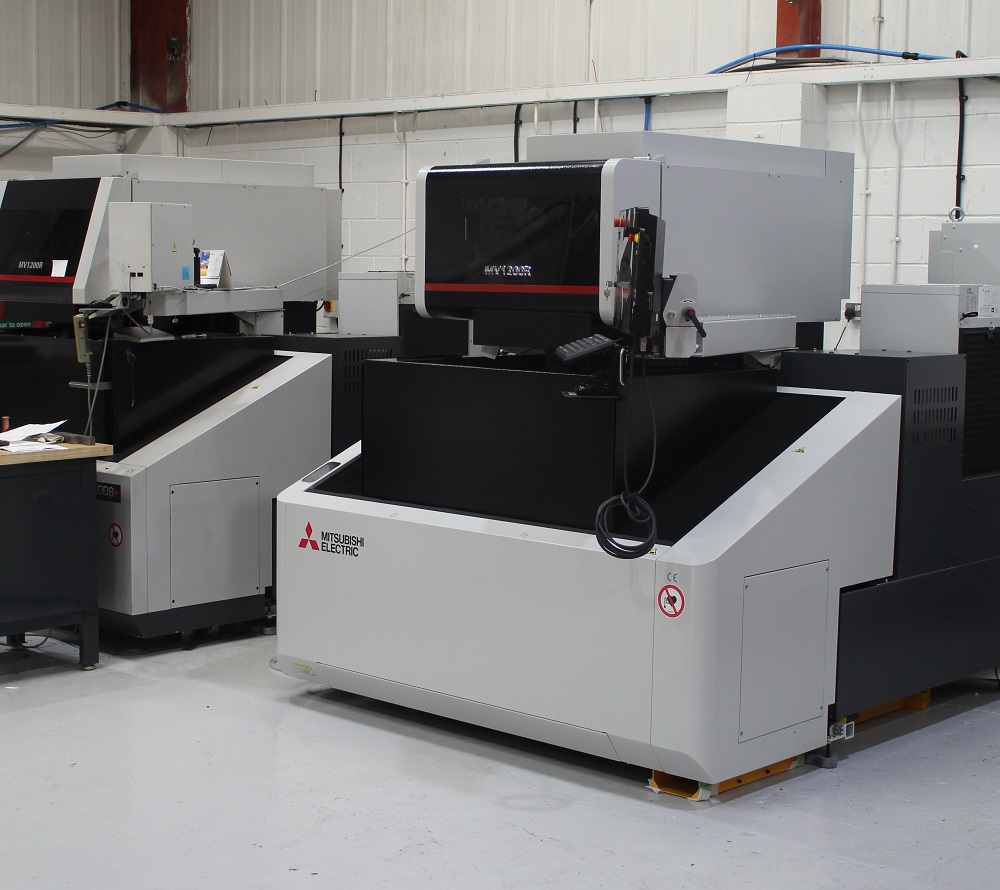With more than 38 machine tools on the shop floor, Shannon Precision Engineering (SPE) is a major subcontract machining outfit in the Republic of Ireland. With a world-class manufacturing strategy that utilises systems like Kaizen, the SPE staff includes Six Sigma black belts and lean manufacturing green belts. To ensure production meets the stringent quality levels the company sets, it has recently invested in two Nakamura-Tome turn-mill centres, the WT150II and the SC100X2, supplied by UK sole agent, the Engineering Technology Group (ETG).
SPE is a second-generation family-run business that was founded in 1978 by Dominic Murphy senior. Starting with three manual machines in a 500 sq ft unit with one customer and two employees, the company has grown into a major player on a global scale for heavily regulated industries. Today, SPEboasts a modern 40,000 sq ft purpose-built unit with future plans for expansion and the most cutting-edge machinery powered by the latest CAM technology. Notably, the company has individual and collective training programmes to promote continuous development in its ambitious team.
The 80 employee manufacturer is AS9100 and ISO9001-certified, and the company frequently works on high-profile projects for blue-chip clients that include Airbus, Lear, Bombardier, Collins Aerospace, Liebherr, Safran, Spirit and many other leading names in the aerospace, automotive, offshore, rail and power generation sectors.
Machining everything from Inconel, titanium, Hastelloy, duplex stainless steel and Nitronic 40 and 60, as well as hardened steels, the stability and performance of the machine tools at SPE are of paramount importance. With the company winning a significant automotive order, along with major opportunities in the aerospace sector, SPE needed a new strategy in its turn-mill department.
Recalling the situation, Dominic Murphy, managing director at SPE, says: “On some projects, we’ve been struggling with repeatability when machining particularly difficult materials. For instance, we won a contract to machine electro-mechanical connections for the aerospace industry made from Nitronic 40 and titanium, and we needed to be very responsive with our changeovers and lead times. With regular batches from 200 to 500, and up to 20 different part families in the series, the project has some very ambitious cycle time targets. With tolerances of ±5 and ±10µm on many features, we didn’t want to be chasing repeatability – we needed a more robust process than we had.”
The County Clare company investigated the turn-mill market extensively and it was the Nakamura WT150II that won the day with cycle times more than 20% faster than its rivals.
“We gave ETG and other vendors a series of components as a prove-out,” says Murphy.“ETG built a machine set up around the family of components and they delivered a turnkey solution to our facility that was best suited to our requirements. We already have a lot of turn-mill centres on-site, so the Nakamura-Tome WT150II wasn’t just about cycle times. We needed a turnkey solution that could meet our ambitious cycle times and tight tolerances with relentless repeatability for long batch production – the Nakamura-Tome WT150II certainly delivered on that. Unlike many machine tool brands, Nakamura is a specialist in turn-mill centres; their pedigree stands out. We really liked the compact work envelope as well as the ability to bar feed up to 71mm diameter, which gives us options on some of our larger components.”
The twin-spindle, twin-turret turning centre provides 15/11kW and 11/7.5kW of power to the main and sub-spindle respectively. Complementing the spindle power are 5.5/3.7kW motors on the left and right tooling turrets to provide high-performance milling capabilities. With simultaneous cutting on both the upper and lower tool turrets on opposing spindles, the WT150II provides balanced turning to reduce cycle times significantly, reports ETG.
While ETG Ireland managing director Jamie Fletchmore was visiting SPE, Murphy mentioned an extremely complex automotive part that required machining on three machine tools, a four-axis horizontal machining centre and two single-spindle turning centres. With an annual output of 40,000 units, the forged automotive tensioning assembly component was permanently absorbing the capacity of all three machines. The solution was the Nakamura-Tome SC100X2.
The SC100X2is a twin-turret multi-tasking machine that utilises two tools on either side of the upper turret for superimposed machining, making it a logical solution for Swiss-style parts greater than 25 mm in diameter.Operators can also use the upper and lower turret simultaneously, turning the machine into a true twin-spindle, twin-turret machine, providing more ways to solve complex machining problems.
As a point of note, the machine’s design contributes to faster cycle times compared with other machining processes, reports the company. The SC100X2automatically unloads the workpiece once complete, minimising manual intervention and downtime. When the machine completes a cycle, the parts catcher grips the part and places it on a conveyor, removing it from the machining environment.
Alluding to the automotive components, Murphysays: “We’ve run this family of parts for more than two years and we’ve investigated the market for a solution on numerous occasions – without success. There just hasn’t been a machine on the market that can do the parts in ‘one hit’, until now.”
He continues: “The challenges have included the turning of two spindles on either side of the part that is 40-50mm off-centre. Added to this, we have to mill features that require long-reach tools to overcome interfering features. ETG has overcome this issue with the SC100X2. The machine has cut our cycle time by almost 50% from 14 minutes to 7.26, but more importantly, it has freed the capacity of two single-spindle turning centres and a four-axis horizontal machining centre whose capacity we desperately needed. We’ve reclaimed three machines and two employees, and massively improved our throughput. We are delighted with both of our new Nakamura-Tome machines.”
For further information www.engtechgroup.com






